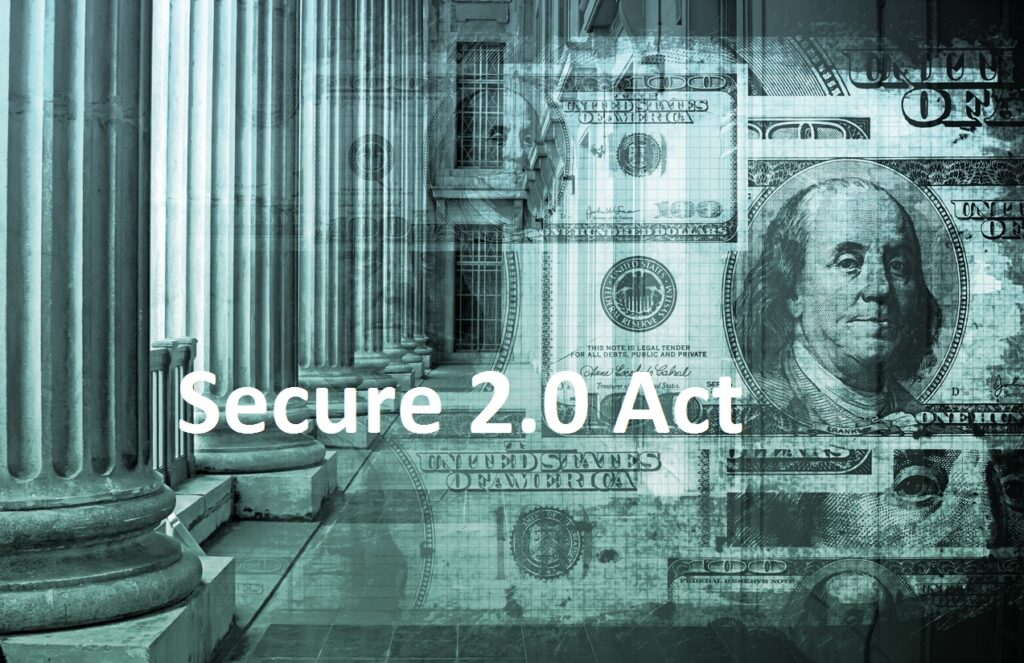Under current law, catch-up contributions to a 401(k), 403(b), or governmental 457(b) plan can be made on a pre-tax or Roth basis. Under the Secure Act 2.0 Act, catch-up contributions must be Roth for employees who are paid FICA wages of more than $145,000 (high-wage earners). This provision was to take effect on January 1, 2024. The IRS received many comments from the industry about the provision’s complexity, and concern was growing because there has been no published guidance.
In Notice 2023-62, the IRS indicates that the Roth catch-up provision for high-wage earners does not go into effect until taxable years beginning after December 31, 2025. The IRS refers to the two-year delay as an administrative transition period. For 2024 and 2025, plan sponsors will be considered complying with the new law even if 1) high-wage earners’ catch-up contributions are pre-tax or Roth, or 2) the plan does not provide for Roth contributions.
In the Notice, the IRS also fixed a technical error in the Secure 2.0 law, which accidentally eliminated all catch-up contributions. They also confirmed that employees who do not have FICA wages are not subject to the Roth catch-up rule, such as sole proprietors and partners who are not paid W-2 wages.
This extension of time is very good news for plan sponsors and service providers. The additional time allows the IRS time to provide guidance, software providers to program systems, and service providers to assist plan sponsors in implementing this provision.
Many Secure 2.0 provisions are going into effect in 2024, for which we need IRS guidance. Fortunately, many of the provisions are optional and not mandatory. Hopefully, the guidance will be forthcoming soon.
Please see our Secure 2.0 Act website for additional information.
TRI-AD and our Associates’ suggestions or recommendations shall not constitute legal advice. No content on our website can be construed as tax or legal advice and TRI-AD may not be considered your legal counsel or tax advisor. Clients are encouraged to consult with their tax advisor and/or attorney to determine their legal rights, responsibilities, and liabilities. This includes the interpretation of any statute or regulation, federal, state, or local; and/or its application to the clients’ business activities.

